History of Carl Junction
In 1848, pioneer Daniel Hunt moved from Pipgras, Cooper County, Missouri, to the area just south of Center Creek, presently about three miles southwest of Carl Junction. There, he opened a trading post on the mound. He bartered with the Native Americans for horses and pelts.
Lead mining was carried out here before the war, but no large deposits were found until 1870, one of which led to the founding of the city of Joplin, Missouri. A second set of railroad spur lines was built to connect the boomtown to pre-established rail lines, and to the Kansas coal mines, which fueled the smelters for separating the metal from the ore. Several towns arose as way stations for the new spurs, including the creation of Carl Junction. In April of 1877, Miami County, Kansas merchant, Charles L. Skinner platted Carl Junction with 81 lots, seven streets and four alleys. Skinner chose the name Carl, after his original German first name, which he had changed when he immigrated to America. The town was situated to take advantage of the junction being created by E. R. Moffett and John B. Sergeants' proposed Joplin & Girard Railway where it crossed the Kansas City, Fort Scott & Gulf line nine miles northwest of Joplin. Later, both lines were taken over by Frisco. The first train ran through Carl Junction on the newly completed line July 20, 1879. A railroad section facility, switching yard, coal and water chute, a depot and an office were constructed about a decade later and employed 42.
Carl Junction got the nation's attention in August of 1892, when the fossilized remains of two adult and two infant elephants were discovered at the 20 foot level of a mine belonging to Silas A. Stuckey, on the south end of town. These bones of the extinct species, Elephas Americanus, were purchased by a St. Louis businessman and displayed at the Columbian Exposition of the Chicago World's Fair in 1893, and one of the skeletons was reputed to have been the largest ever found for the species up to that time.
By 1903, Carl Junction boasted two banks: the Bank of Carl Junction, organized in 1891 by T. W. Cunningham and William Carter and later owned by the Chitwood Family; the Citizen's Bank organized in 1902 by a board of directors including Harve Chitwood and Dr. H. L. Isherwood. The banks merged in 1930. Various hotels were opened, including the Stroud Hotel, the Carl Junction Hotel, the Carlton, the Nilson, the Marr and the Rock Haven, but only one lasted beyond two decades. Boarding houses and apartments proved more lucrative with nearly 100% occupancy.
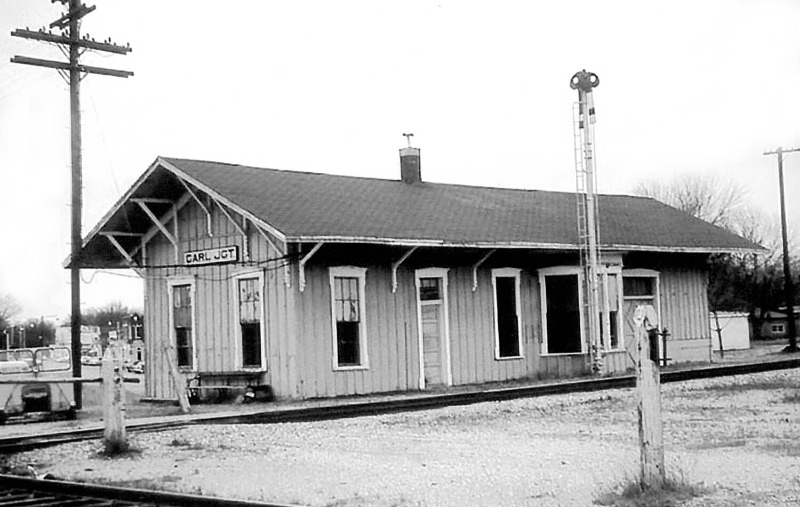 Launch the media gallery 1 player - media #1
Launch the media gallery 1 player - media #1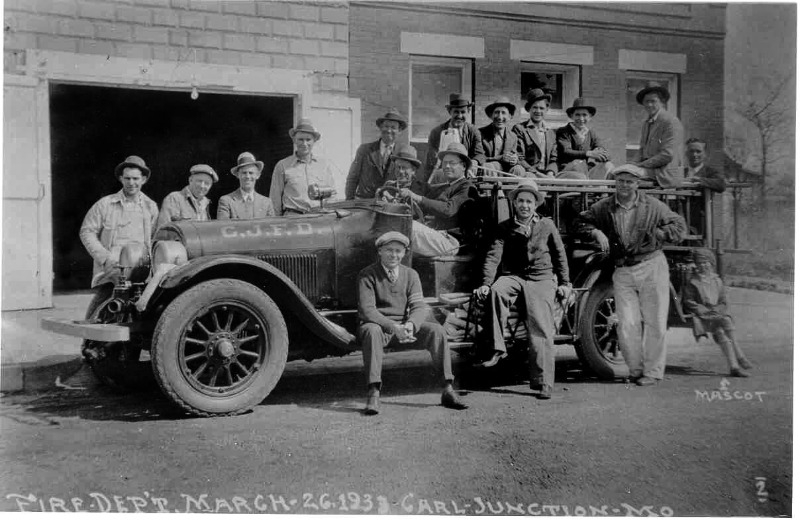 Launch the media gallery 1 player - media #2
Launch the media gallery 1 player - media #2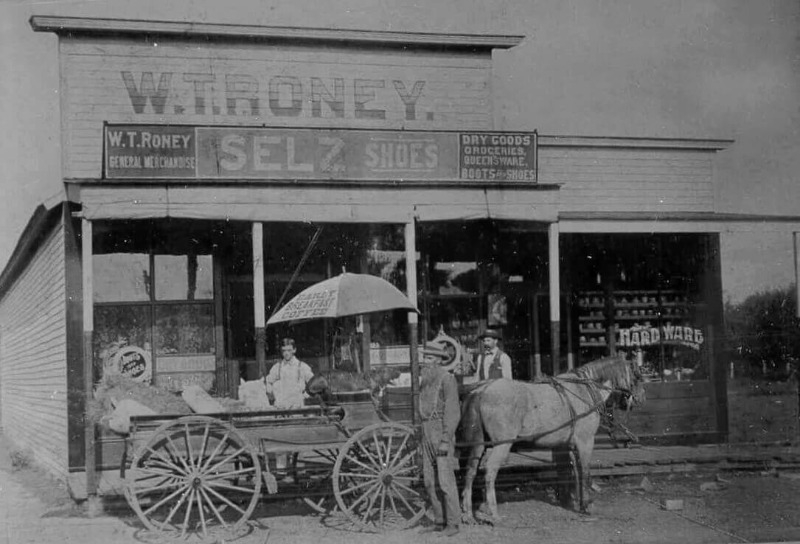 Launch the media gallery 1 player - media #4
Launch the media gallery 1 player - media #4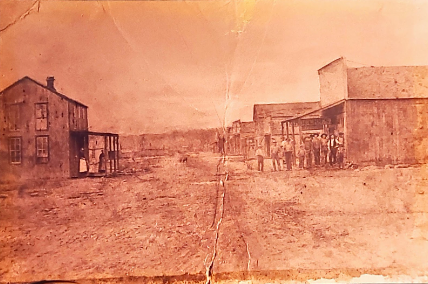 Launch the media gallery 1 player - media #8
Launch the media gallery 1 player - media #8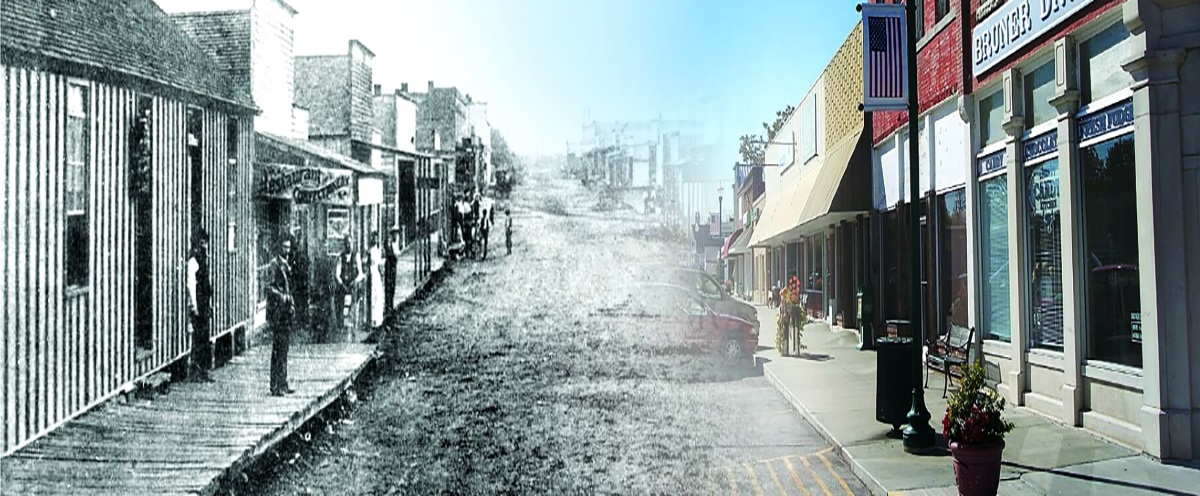

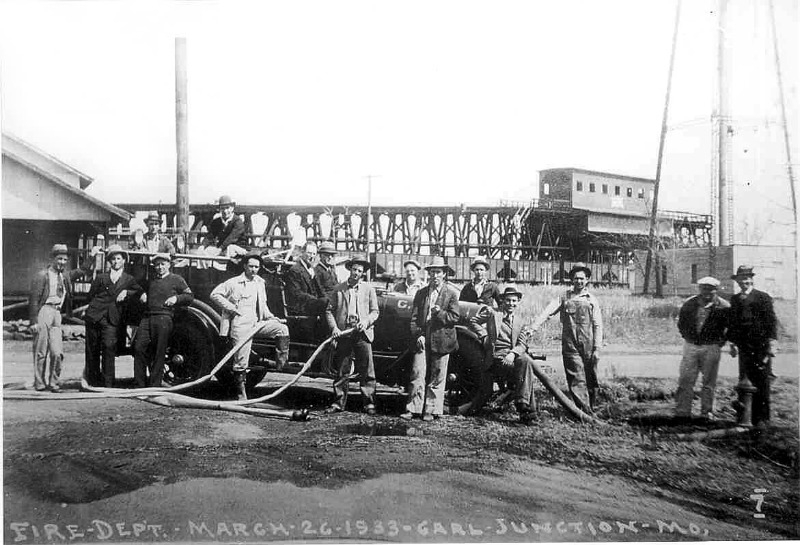 Launch the media gallery 1 player - media #3
Launch the media gallery 1 player - media #3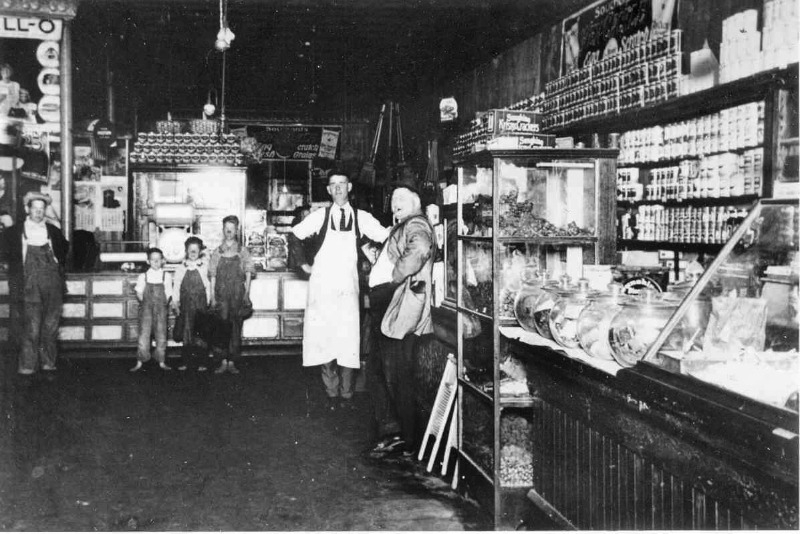 Launch the media gallery 1 player - media #5
Launch the media gallery 1 player - media #5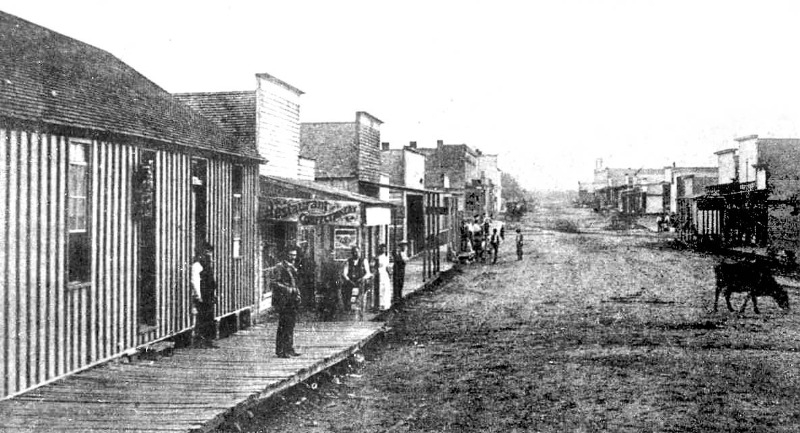 Launch the media gallery 1 player - media #6
Launch the media gallery 1 player - media #6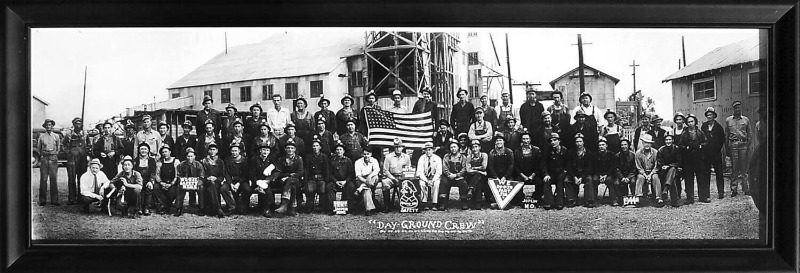 Launch the media gallery 1 player - media #7
Launch the media gallery 1 player - media #7